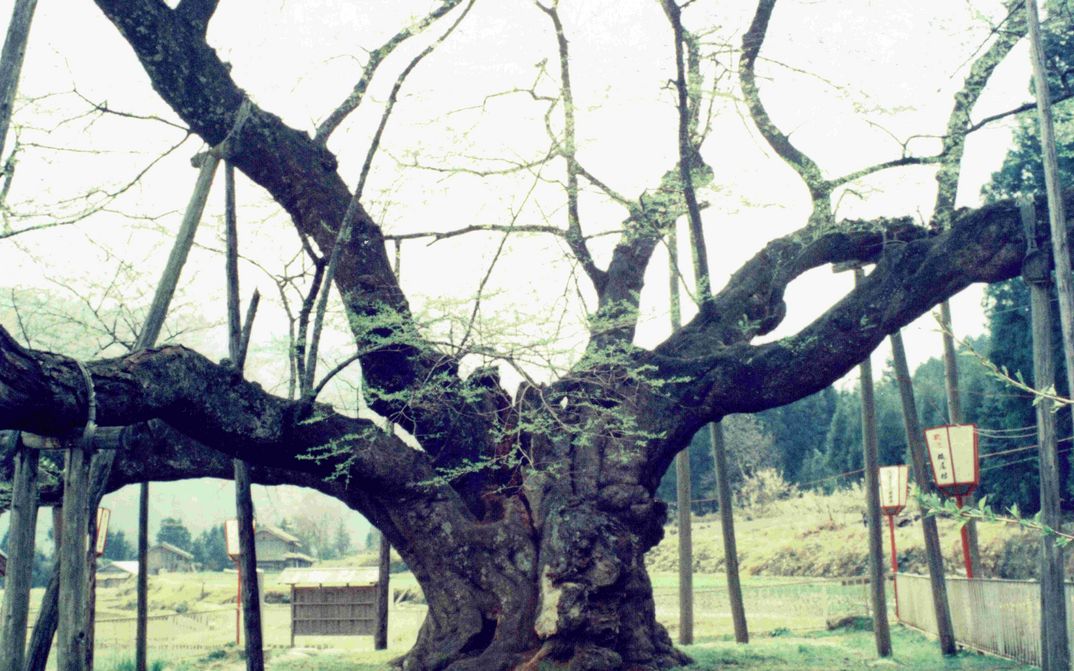Animal, Mineral, Vegetable – Nature and the Non-Human in Film

Our contemporary relationship with nature is complicated. In the Internet era, new headlines about environmental destruction across the world arrive on an almost daily basis, although the devices we receive them on also serve to keep their accompanying images of forest fires, fertile soils being washed away or animals at the brink of extinction at a stubborn remove. For those of us who live in cities, where every scrap of spare space has often been eaten up by housing, infrastructure or commerce, our daily contact with the natural world and its many non-human entities (animals, plants, rocks) continues to dwindle. At a time when the need to combat or reverse the effects of centuries of human impact on the environment could hardly be more urgent, for many of us in the Western world, nature feels paradoxically, problematically far away, subject to a strange, inhibiting sense of disconnect. How can we reconnect with its rhythms, tap into and learn from the perspectives of the animals, plants and rocks that inhabit it alongside us and grasp and act on the fact that our own position is merely one of many?
Even if our reliance on screens is part of the problem, the big screen of the cinema auditorium has always functioned differently, serving as a window onto countless other worlds, with the natural world forming no exception here. Aware of the increasing disconnect that governs our relationship with nature and ongoing discussions about life in the Anthropocene, many contemporary filmmakers and artists from all around the world have been making use of cinema’s unique toolbox in order to place us right in the midst of specific environmental contexts, allow the animal, mineral and vegetable to come to the fore and deliberately blur the strict-seeming, but actually surprisingly porous boundary that divides us from nature. Yet harnessing the medium of cinema to address such concerns is actually nothing new, as countless works from across film history have sought to engage with the natural world and the different entities that form part of it and drawn on an impressively broad palette of different traditions and modes in so doing.
With this in mind, the film series “Animal, Mineral, Vegetable – Nature and the Non-Human in Film” at the Arsenal cinema seeks gets to the root of the complex relationship between humans and nature and shows in wide-ranging, sensuous and often hugely entertaining fashion what happens on the big screen when animals, plants and minerals come to the fore: children transformed into dogs, thousand-year-old trees, menacing rock formations, murderous monkeys, voluptuous melons, trembling stones, whole meadows of swaying flowers and much, much more. The selection of 30 short, medium- and feature-length films from every single continent places contemporary cinema in fruitful dialogue with nearly a century of film history and gives equal weight to fiction, genre, documentary, essay film and experimental cinema. In this way, the series seeks to bring a true diversity of cinematographic forms to bear on nature’s own limitless diversity.
The program includes works by film historical greats (Maya Deren, Robert Bresson, Victor Erice, George A. Romero, Joaquim Pedro de Andrade, Toshio Matsuomoto) as well as films by some of the most intriguing directors currently working in contemporary cinema (Deborah Stratman, Mark Jenkin, Michelangelo Frammatino, João Salaviza & Renée Nader, Shambhavi Kaul). These are flanked in turn by the work of filmmakers who have repeatedly engaged with nature and non-human entities (Rose Lowder, Apichatpong Weeresethakul, Pierre Creton, Artavazd Pelechian). Several of the films showing will be screening as Berlin premieres or in new restorations. The films, their subject matter and cinematographic approaches will also be given valuable additional context in introductions by and conversations with filmmakers (Rose Lowder, Shambhavi Kaul), artists/academics (Deborah Stratman, Emilio Varavella) and writers (Joanna Pocock).
The series takes at a time of year when nature is at its most exuberant and that same exuberance can also be found in the cinema auditorium, allowing audiences to commune with nature in myriad different ways. They can come into contact with the many different creatures that live directly alongside us (THE PRIVATE LIFE OF A CAT, NIGHT COLONIES, 33 zvēri Ziemassvētki vecītim), learn from the wisdom of donkeys and nightingales (AU HASARD BALTHAZAR, LA VOIX DU ROSSIGNOL) and literally see the world through animal eyes (MONKEY SHINES, ANIMAL CINEMA). They can listen in on conversations between people and plants (Usuzumi no sakurA), shiver in fear as lichen grows across human flesh (ENYS MEN) and realize the full erotic potential of watermelons and botanical drawings (VEREDA TROPICAL, UN PRINCE). They can grasp the true meaning of geological time (LAST THINGS, PICNIC AT HANGING ROCK), watch how minerals are born and shape the human body in turn (ARAYA) and feel the earth shudder and shake (LA NATURE, SLOW SHIFT). And they can get to know specific Indigenous perspectives on nature and landscape (CROWRÃ, FAINTING SPELLS, CERRO SATURNO), wander through landscapes where boundary between humans and nature has become totally blurred (TERRA MATER, QUIPROQUO) and reflect upon the specific representation of nature and its entities in cinema and beyond (THE SKY ON LOCATION, LA SOURCE DE LA LOIRE, EL SOL DE MEMBRILLO).
The program was curated by James Lattimer and funded by the Capital Cultural Fund. With thanks to Salvador Amores, Erika Balsom, Cecilia Barrionuevo, Burak Çevik, Jesse Cumming and Jeronimo Rodriguez.
